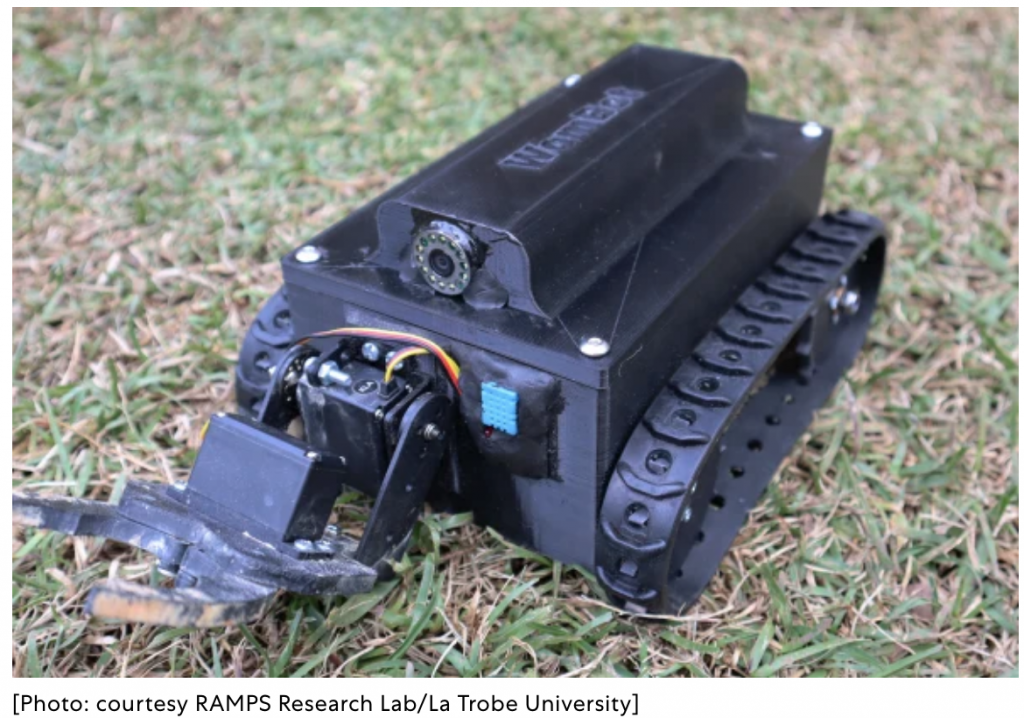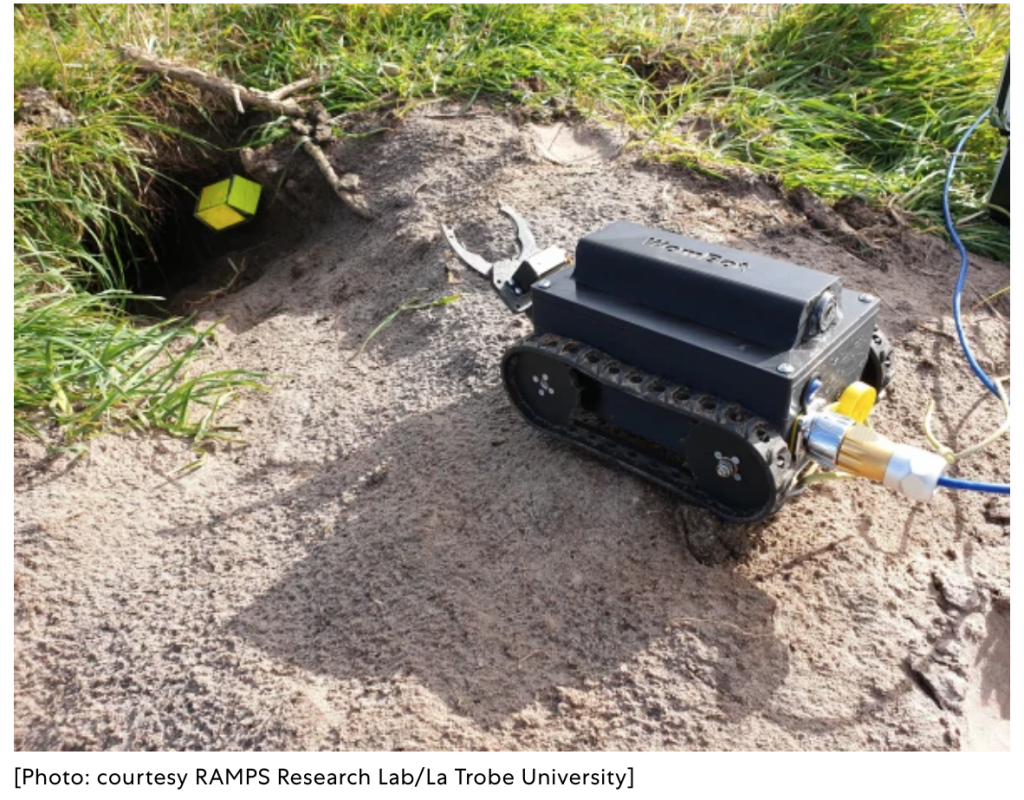Researchers Design Robots to Study Wombat Health in Tasmania
If you have noticed a touch of mange on your favorite wombat lately there is good news from Australia. According to a new article by Kristen Toussaint on fastcompany.com, scientists in the land down under have developed a WomBot to go into wombat burrows to fight the mange outbreak in the critters.
Studying wombat burrows has long been a challenge for scientists, says Scott Carver, a disease ecologist at the University of Tasmania. They’re too small for adults to crawl into, so researchers have had to use “destructive techniques,” such as digging up the burrows, drilling holes into them, or expensive ground-penetrating radar.
“The WomBot makes a big difference to studying burrows because it is nondestructive and can be used to study a much larger number more efficiently,” Carver says via email.
Robert Ross, a robotics researcher at La Trobe University in Melbourne, Australia, spearheaded the development of the WomBot, and together with Carver and other researchers recently published a study on how they used the WomBot to explore 30 wombat burrows in Tasmania.

Though wombats are solitary, they switch their burrows every 4 to 10 days and end up sharing the space over time, Carver says, so the mites are transmitted via the burrows themselves.
“The WomBot has been helping us understand how long the mites can survive in the burrows,” he says. “In winter this appears to be 15 to 16 days and in summer 4 to 6 days. This information can help us understand when efforts to treat wombats for mange are likely to have the greatest impact on reducing disease.”
If you are in North America you probably don’t worry much about wombats. However, scientists are using robots to explore lots of animal tunnels like mere cats and gophers. You may yet see the Gopherbot on store shelves soon.
read more at fastcompany.com








Leave A Comment